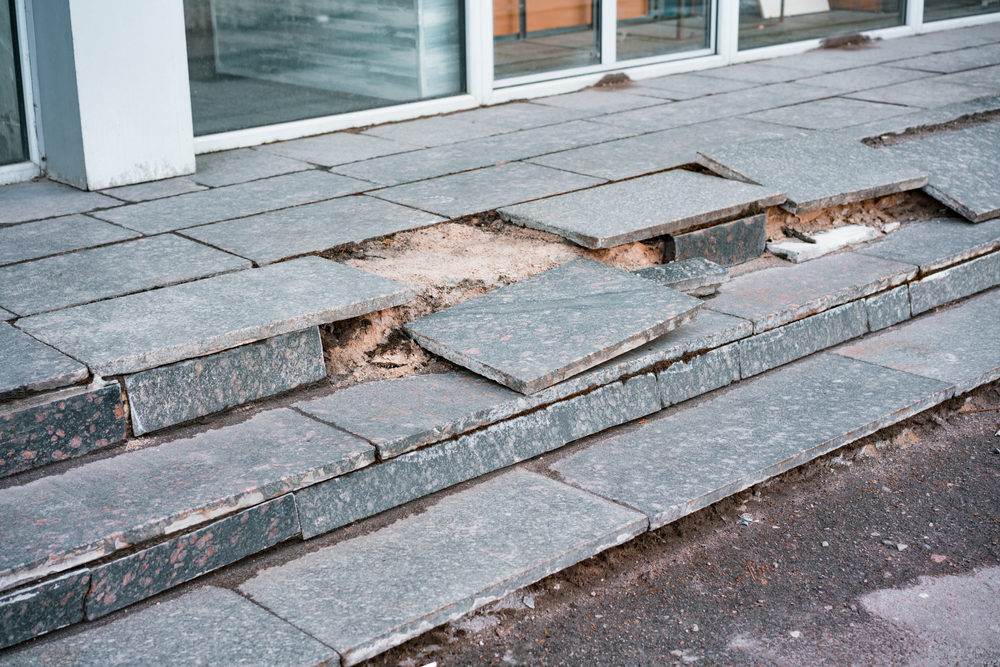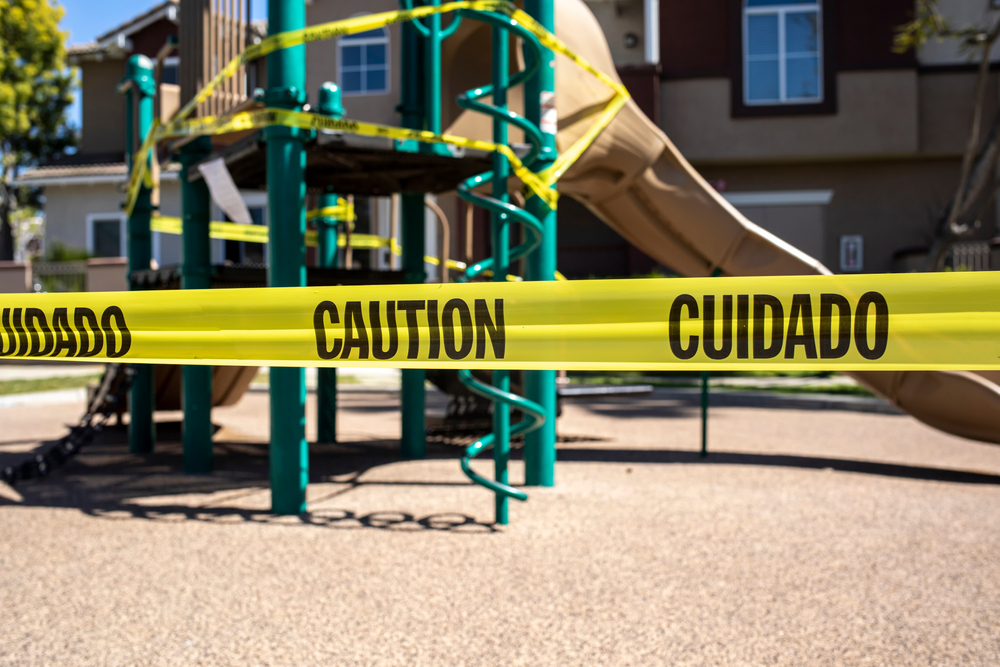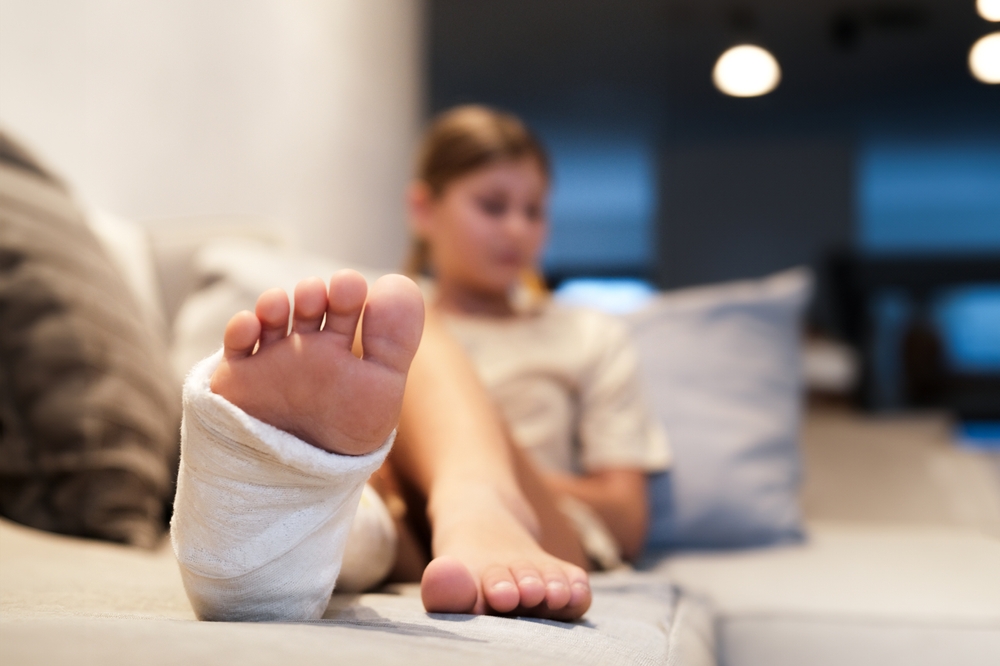
How to Prove Property Owner Negligence
A Clear Guide to Building Strong Premises Liability Claims in California
Understanding Property Owner Negligence
When you’re injured on someone else’s property, the question of who is at fault often comes down to property owner negligence. In California, property owners have a duty to keep their premises safe for visitors. If you’re left with injuries after a slip and fall, trip hazard, or another accident, proving that the property owner was negligent is key for a successful premises liability claim.
For many Californians, knowing your rights under personal injury law is the first step. This guide will walk you through how to prove negligence, what evidence matters most, and what you can expect as you move forward.
What Counts as Negligence?
Negligence is a legal term meaning the failure to act with reasonable care. In the context of premises liability, a property owner may be negligent if they:
- Knew or should have known about a dangerous condition
- Failed to fix or warn about the hazard
- Did not maintain the property as a reasonable person would
Common incidents leading to claims include slip and fall accidents, broken stairs, wet floors, poor lighting, or inadequate security.
California Law and Duty of Care
California Civil Code section 1714 sets a broad duty of care for property owners. Under state law, owners and occupiers must maintain their property in a reasonably safe condition. This applies to both residential and commercial properties.
If you’re hurt because a property owner didn’t address a hazard, you may have a claim under California’s premises liability rules. Landlords, business owners, and even homeowners could be held responsible, depending on the circumstances.
Types of Visitors: Why It Matters
Not all visitors are treated the same. California law recognizes three types of visitors:
- Invitees (e.g., customers at a store)
- Licensees (e.g., social guests)
- Trespassers
Property owners owe the highest duty of care to invitees. Licensees are owed a duty to be warned of known dangers. Trespassers have limited protection, but owners still cannot intentionally harm them.
Knowing your status on the property can affect your case. For instance, slip and fall accidents in public places are often easier to prove due to a higher duty of care.
Key Elements You Must Prove
To win a premises liability case in California, you must show:
- The defendant owned, leased, occupied, or controlled the property
- The defendant was negligent in the use or maintenance of the property
- You were harmed
- The defendant’s negligence was a substantial factor in causing your harm
Each of these elements needs strong evidence. Proving liability can be challenging, but it’s not impossible with the right help.
Collecting Evidence After an Accident
The evidence you gather after an accident can make or break your claim. Here are crucial steps to take:
- Take photos of the hazard and your injuries
- Get names and contact information of witnesses
- Report the incident to property management
- Keep copies of any accident reports
- Save medical records and bills
If possible, note whether there were warning signs, security cameras, or prior complaints about the hazard. This documentation is especially important in common slip and fall situations.
Common Defenses from Property Owners
Be prepared for property owners to argue:
- They didn’t know about the danger
- The hazard was obvious and should have been avoided
- You were not paying attention
- The condition was temporary and they couldn’t fix it in time
Understanding these defenses can help you and your attorney build a stronger case.
Comparative Fault in California
California follows a “comparative fault” system. This means if you’re partially responsible for your own injury (for example, texting while walking), your compensation may be reduced by your percentage of fault. It’s important to address any facts that might show shared responsibility.
Expert Witnesses and Their Role
Expert testimony can be vital in proving negligence. Safety experts, building inspectors, or engineers can:
- Analyze property conditions
- Reconstruct accidents
- Explain industry standards
Expert opinions are often used in complex cases like defective medical devices.
Statute of Limitations
You generally have two years from the date of the accident to file a lawsuit in California. If the property is owned by a government entity, special rules apply, and you may have as little as six months to file a claim.
Damages You Can Recover
If you prove negligence, you may be entitled to compensation for:
- Medical expenses (current and future)
- Lost wages and earning capacity
- Pain and suffering
- Property damage
Learn more about common premises liability injuries and compensation.
Steps to Take Right Now
- Seek medical attention immediately, even if injuries seem minor
- Document everything related to the incident
- Avoid discussing your case with the property owner’s insurer
- Contact an experienced California premises liability attorney
If you have questions about your legal options, you can also read about what qualifies as a premises liability claim.
Frequently Asked Questions About Proving Property Owner Negligence
What evidence helps prove property owner negligence in California? Photos of the accident scene, witness statements, incident reports, and medical records all support your claim. It’s also helpful to show the hazard existed for a period of time or that the owner had prior notice.
How long do I have to file a premises liability claim in California? You typically have two years from the date of injury to file a lawsuit. If the property is government-owned, you may need to file a claim within six months.
Can I still recover damages if I was partly at fault? Yes. California’s comparative fault law allows you to seek compensation even if you share some responsibility, but your recovery may be reduced by your percentage of fault.
What if the property owner claims they didn’t know about the danger? You can still win your claim if you can show the owner should have known about the hazard through regular inspections or if the condition lasted long enough that a reasonable person would have noticed.
Are there special rules for injuries on government property? Yes. Claims against government entities in California must be filed within six months, and there are additional procedural requirements. An attorney can help you navigate these rules.
Talk to a California Premises Liability Lawyer
If you’ve been hurt on someone else’s property and want to understand your options, Attain Law is here to help. Our California attorneys can guide you through the process and fight for the compensation you deserve. Call us at (888) 970-8627 or contact us today for a free consultation. We’re here to support you every step of the way.
Disclaimer: This is an advertisement. The information provided is for general purposes only and is not legal advice. Consult a qualified attorney for your specific case. Attain Law cannot guarantee outcomes, as results vary by situation.
Browse Other Articles for "Premises Liability" in California:
Start Your FREE Consultation
Complete the form for a Free Consultation. No upfront fees, swift action, and we’re only paid when we succeed for you.
Why Choose Attain Law?
- No Upfront Costs
- We operate on a contingency fee basis—you pay nothing unless we win your case.
- Personalized Attention
- Every case is unique. We tailor our strategies to fit your specific situation.
- Proven Track Record
- Our firm has successfully recovered millions for our clients.
- Statewide Representation
- Based in Woodland Hills, we serve clients throughout California.
Justice Is One Step Away
Ready to turn your struggle into strength? At Attain Law, we’re here to take on your fight—whether it’s a car accident, a dangerous drug, or a workplace injury gone wrong. One call starts it all, and we’re with you every step, no upfront cost required.
- Free Case Review
- No Fees Until Victory
- Millions Recovered
- Personal Strategy
- California Coverage
- Relentless Case Pursuit


